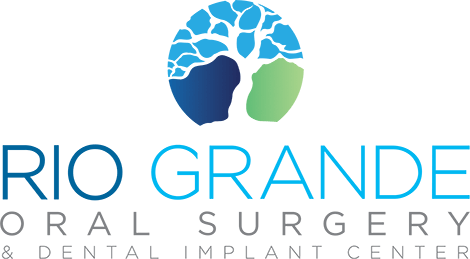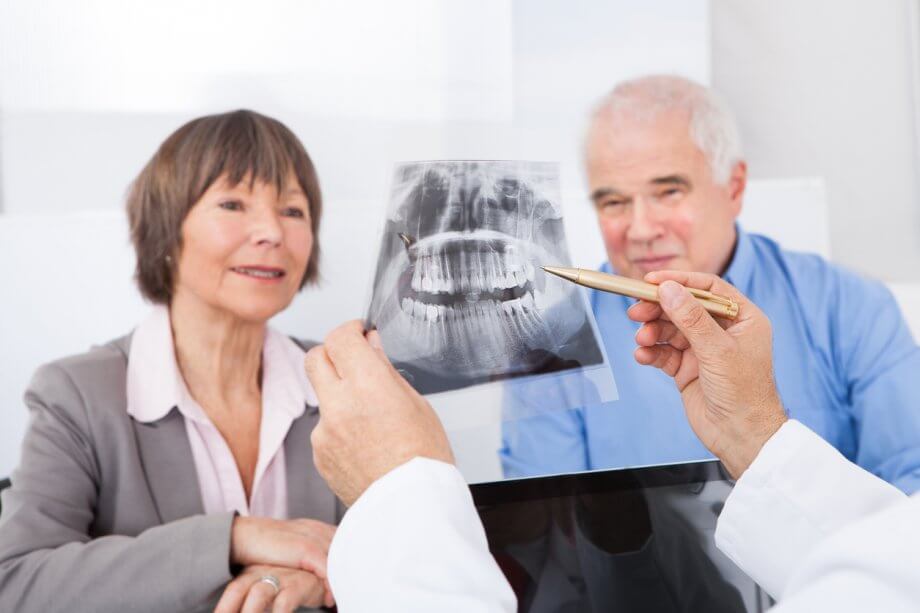Dental implants are quickly becoming one of the most common procedures offered by our practice. It’s no wonder why—dental implants are the most natural replacement for missing teeth because they’re the only solution that replaces the missing tooth both above and below the gumline. If you’re considering implants but aren’t quite sure what to expect, here’s a quick overview of the dental implant process.
1. The Exam and Imaging
The first step in the process is to make sure you’re a good candidate for dental implants. This involves going over your dental and medical history with you, conducting an oral exam, and taking imaging so we can determine if any preliminary procedures are needed to prepare your jaw to support dental implants; it also allows us to build an accurate 3D model of your teeth and jaw, which is used to plan your surgery.
2. Tooth Extraction
This step is needed if your dental implants are going to replace teeth that are too damaged for restorative treatments. There are some circumstances in which extractions and implants may be performed on the same day, but usually the extractions are done first to give your jawbone and soft tissue time to heal.
3. Bone Grafting
If bone loss has already occurred in your jaw, you may need bone grafting or a related procedure, like a sinus lift. It’s important to have sufficient bone mass in the jaw in order for dental implants to be a success.
4. Dental Implant Placement
Although “dental implant” is used as a catch-all term, if we’re being technical, the dental implant is the titanium post or screw that is implanted into your jaw to replace the root of your missing tooth. An incision is made into the gums to expose the bone and the implant is placed. Your mouth will be numb during the procedure and sedation options are available if needed, but most patients are pleasantly surprised by how little discomfort they feel during the procedure.
5. Osseointegration
This is the most important part when it comes to getting dental implants—and it’s not even done at our office! Osseointegration is when your jawbone and your dental implants grow together to form a stable base for your new teeth. It can take a few months for this to occur, but with adequate support from the jawbone your dental implants are at a lower risk of failure.
6. Abutment Placement
The abutment is a small piece that attaches to your dental implant; it’s the part that connects the implant to your restoration. Sometimes abutment placement is done at the same time as your dental implant surgery and other times it is performed as a separate procedure.
7. Restoration Attachment
A restoration is custom-made for you and once it is ready, it is attached to your abutments. Restorations used with dental implants include crowns, bridges, and full or partial dentures. You can choose whether you’d like your restoration to be removable or fixed and also the materials used for it. Most patients choose a porcelain restoration for a realistic appearance.
Learn More About Dental Implants
Are dental implants right for you? Contact us today at 505-821-2111 to schedule a consultation at our practice.

